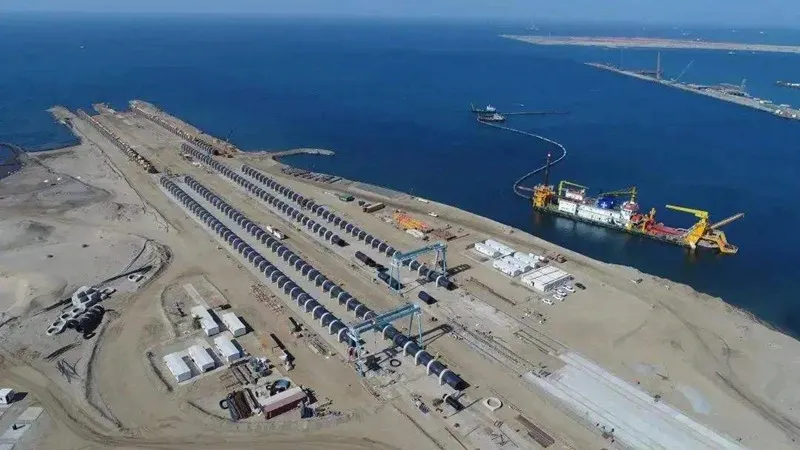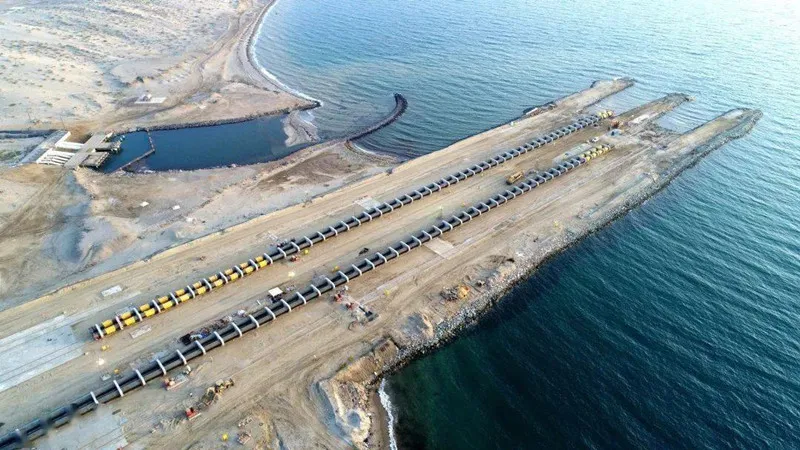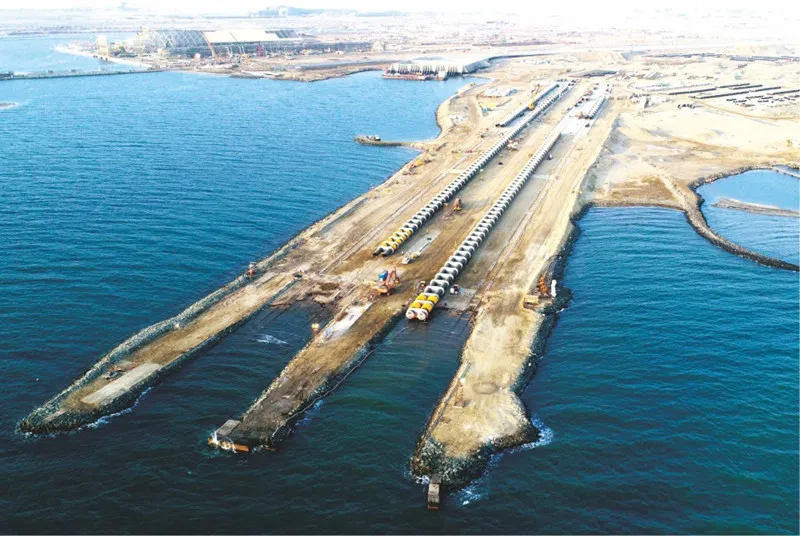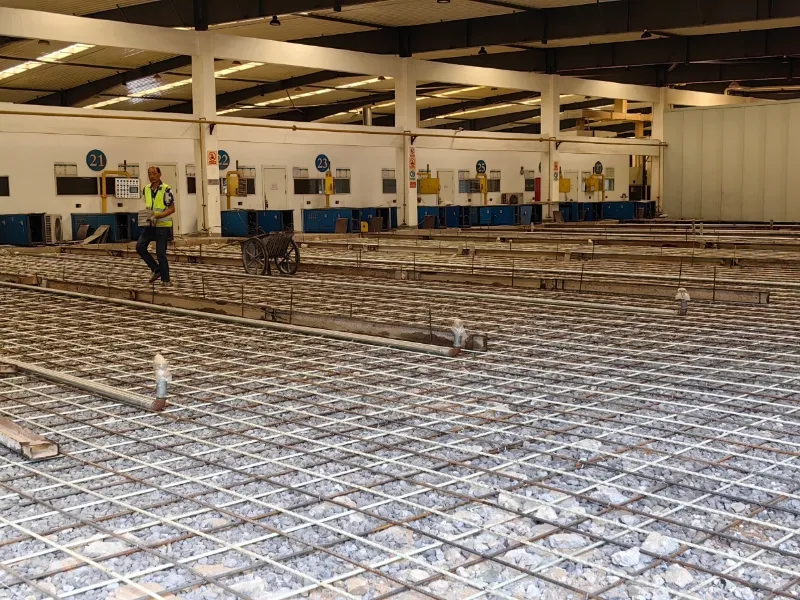A New Era of Sustainable Construction: How GFRP is Reshaping the Future of Concrete
2025-08-21
With sustainability becoming a global consensus, the construction industry is actively seeking greener, more efficient materials to drive change in the industry. Glass Fibre Reinforced Polymer (GFRP) is emerging as a new material that has the potential to reshape the future of concrete.
Conventional concrete production has many drawbacks. According to the World Economic Forum, the concrete industry consumes 9 per cent of the world's industrial water, and it is expected that by 2050, 75 per cent of its water needs will be concentrated in water-scarce regions. At the same time, concrete production often relies on fresh water, as the salt in seawater tends to corrode the steel reinforcement. The solution to these problems comes in the form of GFRP, which is corrosion-resistant, water-efficient and low-carbon, emits 30 per cent less carbon dioxide than steel and is compatible with seawater-mixed concrete, relieving pressure on fresh water. In addition, its corrosion resistance extends the life of concrete structures and reduces carbon emissions from maintenance.
Numerous practical examples have demonstrated the great potential of GFRP in the construction field.
The Jizan Flood Control Channel project in Saudi Arabia, one of the largest GFRP reinforced projects in the world, is 23 kilometres long. The project utilises the non-corrosive properties of GFRP to effectively solve the problem of corrosion of traditional steel reinforcement in harsh environments.



In the coastal industrial building project in Lianyungang, China, the project is located in the coastal area, facing high humidity and high salt spray environment, traditional steel reinforcement is difficult to meet the demand. The project team adopted GFRP reinforcement to replace the traditional steel bars, and used 12,000 metres of GFRP reinforcement in the plant and fire pump room. The GFRP reinforcement retains 68% of its strength at 400°C and has a creep rupture strength of more than 45%. The CO2 emissions of the GFRP reinforcement were estimated to be 30% less and the cost 10% lower than that of conventional steel reinforcement over its entire life cycle. This result not only highlights the double advantages of GFRP bars in terms of sustainability and economic benefits, but also fully proves the feasibility and superiority of high-performance GFRP bars as a sustainable alternative to traditional steel reinforcement, and provides valuable practical examples and technical references for the construction of similar projects.

As the GFRP technology continues to mature and the number of application cases increases, it will play a more important role in the field of sustainable construction, leading concrete construction into a new era of green and efficient.




